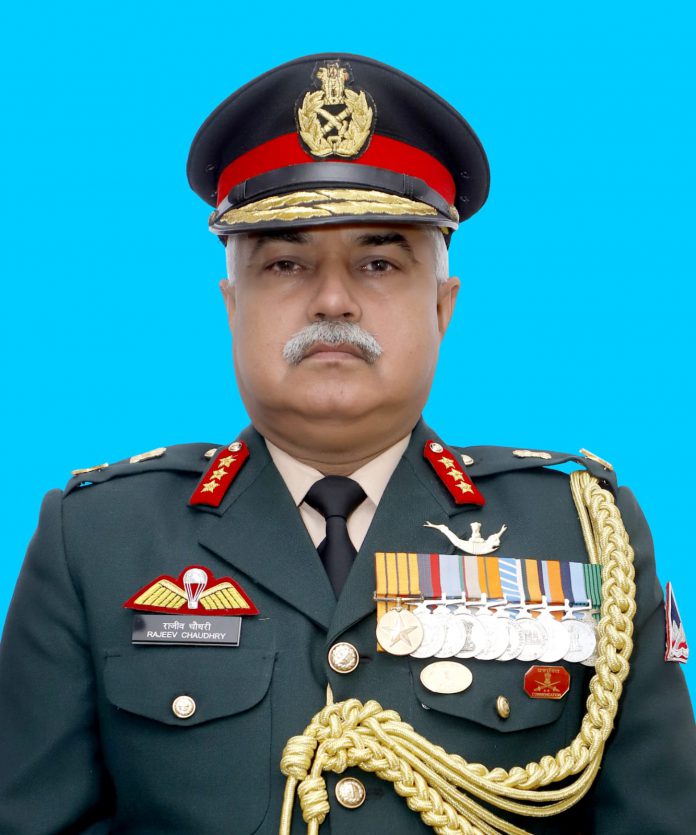Lt Gen Rajeev Chaudhary (Retd)
Beyond constructing strategic infrastructure on our land borders, Border Roads Organisation (BRO) plays a crucial role in connecting some of the remotest villages and providing access to the people there to the basic necessities, which they have always been deprived of since independence. BRO’s commitment to extending road infrastructure to the most inaccessible regions includes the construction of a 180-foot bridge in Sanklang-Toong, Sikkim, along the Tulung Chu road, aptly named the “Bridge of Hope” by local communities. Before this bridge, residents faced a daunting journey of 56 kms by vehicle plus an additional 14 kms on foot to reach Saffo Village.
Government’s Recognition. Besides integrating the far flung areas with main stream, the fast growing border infrastructure has triggered reverse migration in hundreds of villages all across the Northern borders. Success of these projects has not gone unnoticed. The former President of India mentioned, during his address to Joint Session of Parliament on 31 Jan 22, about stellar achievement of BRO by constructing world’s highest road at UmlingLa and connecting remotest villages like Demchok, Jolingkong and Huri to mainstream society.
Marvel at Demchok. Demchok is the closest village to LAC in Eastern Ladakh, which is of great strategic importance in Chumar Sector. The majority of the inhabitants are Changpa nomadic pastoralist. In Sep 2021, BRO connected Demchok to Chisumle through a 52 km long road which is today the world’s highest road passing through UmlingLa at 19024 feet. Earlier people of Demchok used to take 3.5 days on horseback to reach Hanle town for any medical emergencies and meeting their relatives there. Today due to connectivity provided by BRO, they take only 3 hours to reach Hanle. Not only it has made the journey shorter and comfortable but also many lives get saved due to timely medical assistance.
Miracle at Jolingkong. Jolingkong is the first village on Indo-Tibet border in Kuthi valley. BRO connected Jolingkong to Gunji in Sep 2022 through a 36 km long road. People of Rung community are settled in this region and during severe winters at these places used to go down to plains of Tanakpur but after this connectivity they stay in their villages only. Jolingkong is located at an altitude of 15000 feet and is the window to Parvati Kund, Om Parvat and Adi Kailash. People visit Jolingkong to have darshan of Adi Kailash and also for undertaking some challenging treks. Prime Minister recently visited Jolingkong on 12 Oct 2023 and met the locals and security forces personnel and appreciated the efforts of BRO in boosting trade, commerce and tourism activities through this newly established road.
Success Story of Huri. The construction of the 278 km Hapoli-Sarli-Huri road in Arunachal Pradesh’s Kurung Kumey district has curbed the migration of locals seeking better opportunities elsewhere. Huri was air maintained since independence. The population of Huri village had dwindled from 200 to 49 as all the young people migrated to bigger villages or towns. After construction of bridge on Kumey river in Jun 2021 and the road in Sep 2021, the people returned to Huri. Today the population has gone upto 300, a primary school has
2
been opened and a Primary Health Centre has come up there. Some of the old people had seen helicopters but never a vehicle in their lives. Moreover, this road has moved our security matrix much closer to LAC making it easier for our troops to reach the conflict points faster in case of any contingency.
Beyond Infrastructure. On 24 January 2023, BRO achieved another milestone by connecting Laxmi Nagar, the southernmost panchayat of the country, to Shastri Nagar in Great Nicobar Island. This infrastructural development has opened up these villages to economic opportunities, healthcare, education and more, previously beyond reach. Moreover, the accessibility of essential services has improved the quality of life, encouraging natives to return and settle down in their ancestral lands.
Government’s Blueprint for National Integration. Historically, rural to urban migration has been driven by the search for better opportunities, leaving many villages with dwindling populations and aging demographics. With better connectivity, residents who had moved to cities in search of work are now returning to their native villages. Previous Governments were always worried that the roads developed on the borders might be used by the adversary. This defensive and regressive approach prevented development to reach the border areas.
Changing Mindsets. Addressing historical neglect, the current government has significantly ramped up the investment in border areas, exemplified by the substantial increase in the budget of BRO by astounding 160% during last three years. This transformational journey of changing mindset of all stakeholders towards aggressive approach to provide last mile connectivity on our borders hasn’t been easy, but under Modi’s stewardship, it’s been nothing short of extraordinary.
The story of reverse migration in these villages is a testament to the fact that infrastructure development can be a powerful tool for rural revitalization. The BRO’s achievements in triggering reverse migration highlight a broader narrative of development where progress does not just mean urbanization but includes the revitalization of rural areas. It sets a precedent for future projects across India, offering a blueprint for how strategic infrastructure can serve as a catalyst for socio-economic development and reverse migration, fostering a balanced and inclusive growth model.
An Article by Lt Gen Rajeev Chaudhary (Retired) Former DGBR












